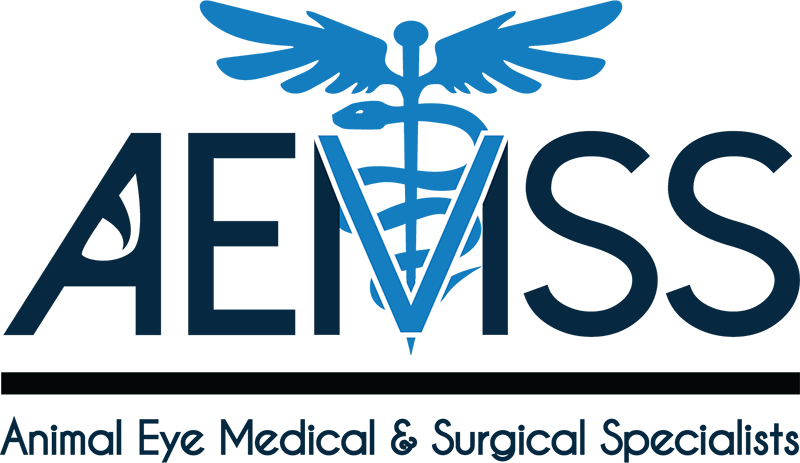Pet Sudden Acquired Retinal Degeneration Syndrome (SARDS)
Sudden Acquired Retinal Degeneration Syndrome (SARDS) is a disease affecting the retina resulting in rapid loss of vision.
What are the clinical signs of SARDS?
SARDS manifests as an abrupt loss of vision, typically over a few hours to days. Other clinical signs include dilated, non-responsive pupils. In most cases, the SARS patient develops physical symptoms of Cushing’s disease, such as frequent urination and drinking, weight gain, and panting. This is due to the anxiety associated with the rapid loss of vision rather than the hormonal abnormality and will resolve over the subsequent weeks to months as the patient becomes adjusted to the blindness
What are the causes of SARDS?
Currently, SARDS is not well understood. The most prevalent theory is that SARDS is an immune-mediated disease in which the immune system erroneously attacks an enzyme associated with the process of converting light into an electrochemical signal to be transmitted to the brain.

How is SARDS diagnosed?
In early SARDS, other than blindness, there usually are no lesions present within the eye. Since SARDS and brain lesions that affect vision have a similar presentation (blindness with normal eyes), it is essential to differentiate the two. A diagnostic test that measures the electrical function of the retina, an electroretinogram (ERG), is used to determine if the blindness is due to a lack of retinal function (i.e., SARDS) or a problem with the central nervous system.
What are the treatments for SARDS?
Unfortunately, there is no treatment for SARDS currently. Potential therapies are under investigation.
